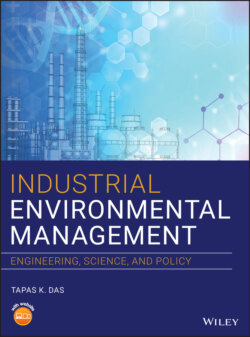Читать книгу Industrial Environmental Management - Tapas K. Das - Страница 83
2.7.1 History of Environmental Law
ОглавлениеEarly examples of legal enactments designed to consciously preserve the environment, for its own sake or human enjoyment, are found throughout history. In the common law, the primary protection was found in the law of nuisance, but this only allowed for private actions for damages or injunctions if there was harm to land. Thus, smells emanating from pig sties, (Aldred's Case 1610), strict liability against dumping rubbish (R v. Stephens 1866), or damage from exploding dams (Rylands v. Fletcher, 1868). Private enforcement, however, was limited and found to be woefully inadequate to deal with major environmental threats, particularly threats to common resources. During the “Great Stink of 1858, the dumping of sewerage into the River Thames began to smell so ghastly in the summer heat that Parliament had to be evacuated. Ironically, the Metropolitan Commission of Sewers Act 1848 had allowed the Metropolitan Commission for Sewers to close cesspits around the city in an attempt to “clean up,” but this simply led people to pollute the river. In 19 days, Parliament passed a further Act to build the London sewerage system. London also suffered from terrible air pollution, and this culminated in the “Great Smog” of 1952, which in turn triggered its own legislative response: the Clean Air Act 1956. The basic regulatory structure was to set limits on emissions for households and business (particularly burning coal) while an inspectorate would enforce compliance.
Notwithstanding early analogs, the concept of “environmental law” as a separate and distinct body of law is a twentieth‐century development (Lazarus 2006). The recognition that the natural environment was fragile and in need of special legal protections, the translation of that recognition into legal structures, the development of those structures into a larger body of “environmental law,” and the strong influence of environmental law on natural resource laws did not occur until about the 1960s. At that time, numerous influences – including a growing awareness of the unity and fragility of the biosphere; increased public concern over the impact of industrial activity on natural resources and human health; the increasing strength of the regulatory state; and more broadly the advent and success of environmentalism as a political movement –coalesced to produce a huge new body of law in a relatively short period of time. While the modern history of environmental law is one of continuing controversy, by the end of the twentieth century environmental law had been established as a component of the legal landscape in all developed nations of the world, many developing ones, and the larger project of international law.
